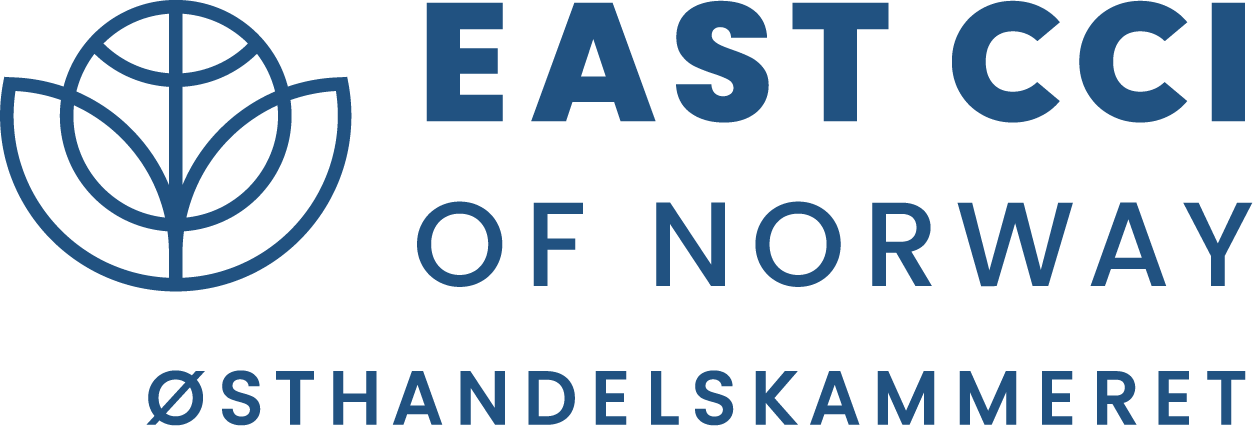
The Norwegian Green Maritime Business Cluster (NGMBC), originated from the EAST CCI of Norway, recently returned from an intensive journey to “Klaipėda Manifesto” in Lithuania – an international networking platform for the maritime industry. This visit signifies an important step towards fostering cooperation, creating investment opportunities, and aligning maritime regulations with the industry needs. With a primary goal of “propelling” Baltic Sea growth and ensuring a sustainable future, the NGMBC’s presence at the event was instrumental in driving innovation and investment in the maritime sector.
The NGMBC’s participation in the conference highlighted a broad spectrum of crucial topics essential for maritime development. Central to the discussions were Lithuania’s maritime strategy, energy transition, and the relentless pursuit of a net-zero transformation for the blue economy. The conference underscored the importance of cross-border cooperation in achieving these ambitious goals.
Lithuania’s Maritime Strategy: Lithuanian authorities articulated a comprehensive strategy to bolster their maritime sector. The region’s advantageous location and access to vital sea routes position it as a strategic hub for green ship think across the Baltic Sea. The NGMBC’s presence reinforces the commitment to materialize these ambitious maritime plans. Side-event meetings and discussions were held for NGMBCs participants.
Energy Transition and Net-Zero Transformation: The maritime industry is at the precipice of a transformative journey toward a greener, more sustainable future. The conference focused on exploring innovative technologies and solutions to significantly reduce the industry’s carbon footprint. This presents a fertile ground for Norwegian-Lithuanian cooperation in green maritime projects that could garner tens of millions of dollars in investment. B2B meetings for NGMBCs members only was organized by local companies and this Business network.

Cross-Border Collaboration: With its extensive coastline and expertise, Norway is well-positioned to contribute to the development of Lithuania’s maritime infrastructure. Collaboration in areas such as offshore wind energy, green shipping, and digitalization can also lead to substantial business ventures.
Norwegian Maritime Innovation Ecosystem: Norway has earned a well-deserved reputation for being at the forefront of maritime innovation. The NGMBC’s participation showcased Norway’s prowess in sustainable maritime technologies, providing a valuable platform for collaboration and knowledge sharing.
Digitalization and Port Upgrades: The digitalization of ports and terminals is critical to ensuring efficient operations and reducing environmental impact. Joint ventures focusing on implementing cutting-edge technologies can revolutionize the logistics sector, making it more efficient and eco-friendlier.
Ships Designed for Sustainability: Developing ships that are optimized for sustainable shipping is paramount in the industry’s ongoing transition to a green future. Joint ventures between NGMBC participants and Lithuanian shipbuilders can lead to the creation of innovative, eco-friendly vessels that meet the industry’s stringent environmental standards.
Developing green maritime clusters in the Baltic Sea region is a complex and multifaceted task that involves various stakeholders, including government agencies, industry players, research institutions, and local communities. The goal is to promote sustainable and environmentally friendly practices in the maritime sector while fostering economic growth. Furthermore, some steps and examples to consider when working towards green maritime clusters in the Baltic Sea region:
- Establish a collaborative platform that includes government representatives, industry associations, port authorities, research organizations, and environmental NGOs. Encourage open dialogue and cooperation among all stakeholders.
- Invest in research and development projects aimed at creating and implementing green technologies and practices in the maritime sector. This might include electric and hybrid propulsion systems, alternative fuels, and digitalization for improved efficiency.
- Develop and enforce stricter environmental regulations and standards for shipping and port operations. Incentivize compliance with green practices through policies and financial support.
- Upgrade and retrofit existing ports to be more environmentally friendly. Implement shore power facilities to reduce emissions when ships are in port, and encourage the use of renewable energy sources. The Port of Gothenburg in Sweden has been a leader in green port initiatives, with a dedicated Environmental Fee that encourages ships to reduce their emissions and has supported the installation of onshore power supply facilities.
- Promote the use of alternative fuels like LNG (liquefied natural gas) and hydrogen in maritime transportation. Establish fuel infrastructure and incentives for adopting green fuels. The Nordic Green Ammonia Partnership aims to develop ammonia as a carbon-free fuel for shipping in the Baltic Sea region.
- Encourage the use of eco-friendly practices in shipping, such as slow steaming, improved vessel design for fuel efficiency, and anti-fouling coatings that reduce biofouling and greenhouse gas emissions.
- Establish research centers or clusters focused on green maritime technology and innovation. These centers can bring together industry and academia to drive advancements. The Finnish Marine Industry Ecosystem brings together various organizations to collaborate on the development of environmentally friendly maritime technologies.
Conclusions:
The NGMBC’s visit to “Klaipėda Manifesto” signifies an exciting step forward in the collaboration between the Norwegian and Lithuanian maritime sectors. The potential for business projects worth tens of millions of USD is ripe. By capitalizing on each country’s strengths, such as Norway’s innovation ecosy tem, cluster development and Lithuania’s strategic location, the maritime industry can make great strides in achieving a more sustainable, efficient, and profitable future. Cooperation in green maritime projects, digitalization, and sustainable ship design offers the promise of significant investments and a brighter, more environmentally friendly horizon for the entire industry.
It is an opportunity that represent a commitment to the future health of our oceans and the planet.
Project director Rune Methi is the coordinator of NGMBC at EAST CCI of Norway. Maritime companies interested in becoming a participant in NGMBCs – please make contact.

